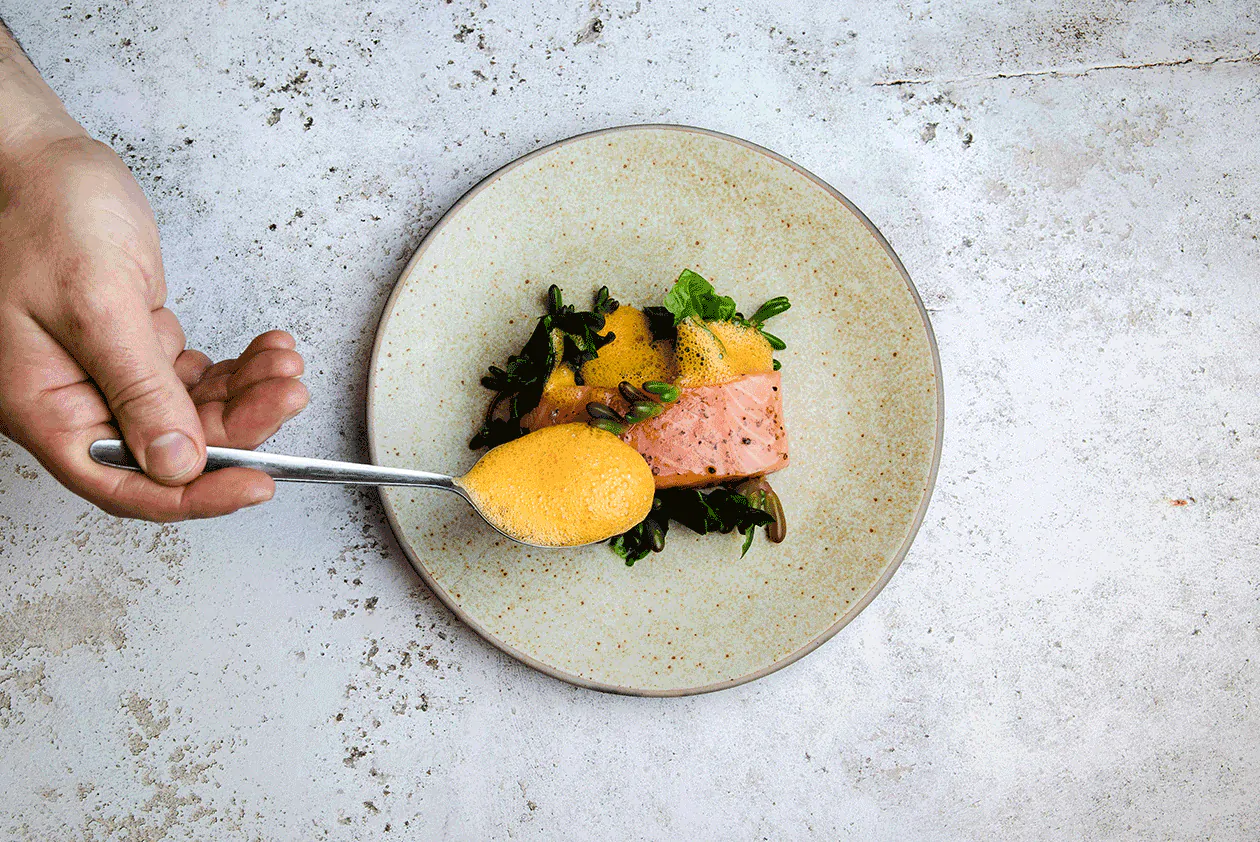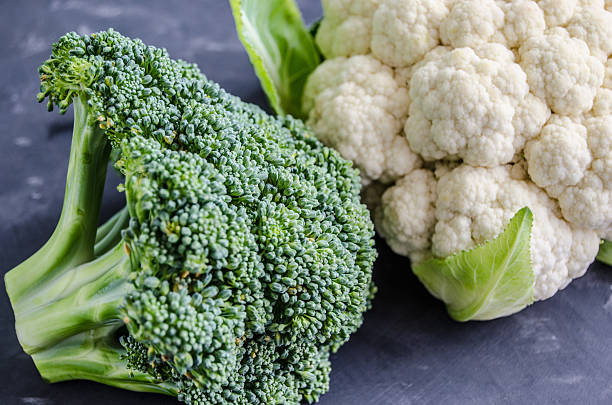Close-Up Shot of Food Staples: A Visual Journey Through Culinary Essentials

A close-up shot of food staples brings the essence of everyday ingredients into sharp focus, celebrating the textures, colors, and details that often go unnoticed in the hustle of preparing meals. These basic foods, whether dry grains, fresh produce, or pantry items, serve as the building blocks of numerous dishes. Capturing them through the lens of a camera allows one to appreciate the delicate features that make each ingredient unique. Whether it’s the smooth skin of an onion, the glistening grains of rice, or the perfectly lined rows of spices, these foods tell stories of culture, tradition, and sustenance.
1. Grains: The Foundation of Many Meals
At the heart of food staples lie grains, such as rice, wheat, oats, and corn, essential to a wide variety of dishes across the world. A close-up of rice, for instance, shows each grain’s individual structure—its smooth surface, the slight curvature, and even the shimmering reflections from the light. These small grains, often white or brown, may seem humble, but they are a source of energy and nutrition in countless cultures.
In a different close-up, the golden hue of wheat, often ground into flour, is shown in vivid detail. The small speckles of dust around the grains highlight their rawness before they are processed into breads, pastas, and baked goods. Corn, whether fresh or dried, holds a different appeal, with its vibrant yellow kernels creating a visual contrast to the muted tones of other grains. A close-up shot of these grains captures their natural imperfections—cracks, flecks, and slight curves—reminding us of the processes that turn raw produce into staple ingredients.
2. Fresh Produce: Nature’s Color Palette
Vegetables and fruits are the epitome of life’s natural bounty. A close-up of a red tomato reveals the intricate network of its skin, with small droplets of water clinging to its surface after a quick rinse. The vivid red, with its hints of orange and yellow, contrasts beautifully against the green stem and the surrounding leaves, inviting the viewer to imagine its fresh, juicy taste. This kind of close-up is a study in both texture and color, showing the small imperfections—light scratches and slight wrinkles—making the tomato appear more real and less idealized.
Next, a close-up of leafy greens like spinach or lettuce offers a different texture. The veins running through the leaves become more apparent as the camera zooms in, showcasing the freshness of the leaves in rich shades of green. Water droplets gather along the edges, creating a glistening effect that highlights the crispness of the greens. Similarly, a close-up of a bunch of carrots with their tops intact emphasizes the vibrant orange color, the fine hairs that surround the root, and the natural soil that clings to their skins.
3. Dairy: The Creamy Essentials
Dairy products like milk, cheese, and butter play a prominent role in many meals, and a close-up of these items can evoke a sense of indulgence and comfort. A close-up shot of milk in a glass reveals the smooth, white liquid with subtle ripples along its surface. The light catches the milk’s sheen, emphasizing its freshness. A swirl of milk adds a dynamic element to the shot, suggesting the creaminess that follows the first sip.
Cheese, whether it’s a wedge of aged cheddar or a wheel of soft brie, also shines in close-up shots. The creamy texture of brie is visible as the camera zooms in on the smooth, white rind and the rich, pale interior. A small knife rests on the side, with a slice delicately cut, allowing the viewer to observe the soft, almost buttery consistency. A wedge of cheddar, on the other hand, features sharper edges, revealing the tiny crystallized bits that form when the cheese has aged, adding a different textural and visual appeal.
4. Legumes: Small but Mighty Proteins
Beans, lentils, and peas are the unsung heroes of the food world, providing essential protein and nutrients to many meals. In a close-up of dry lentils, one can see the small, round shapes in various shades of brown, green, and yellow. The natural curves of each lentil create an organized chaos when viewed through a camera lens, displaying their individuality while highlighting their importance in a balanced diet.
A close-up of chickpeas offers a slightly larger, rounder shape, showing the slightly rough texture of their skin, with its pale beige tones contrasting against the deep brown of the soil from which they grew. The delicate ridges along the sides of the beans create intricate patterns, and the light catches the subtle shine of the dried surface. These small details often go unnoticed, but a close-up shot helps to appreciate the beauty of these humble food staples.
5. Spices: The Flavor of Life
Spices are the magic that transforms a dish from ordinary to extraordinary. A close-up shot of black peppercorns arranged neatly in a small bowl highlights the rough, bumpy texture of each individual pepper, while a pinch of cumin seeds reveals their small, crescent shapes, each one holding the potential to infuse a dish with its distinct flavor. Cinnamon sticks, whole cloves, and bay leaves—each spice has its own form, color, and personality, brought to life through the close-up shot.
A particularly striking image can be found in a close-up of turmeric powder, with its rich, golden yellow hue gleaming under the light. The fine powder seems almost velvety as it settles in the small pile, and the occasional granule catches the light, showing off its deep orange tint. The sharp, earthy aroma seems almost tangible through the image, demonstrating the power of spices to stir the senses.
6. Oils and Vinegars: The Subtle Touch
No kitchen staple list would be complete without oils and vinegars, the foundational ingredients that elevate countless recipes. A close-up of olive oil, freshly poured into a glass bottle or small bowl, shows its deep greenish-gold hue, a visual testament to its quality. The droplets of oil reflect the light, casting soft glimmers as they swirl in the container, evoking a sense of luxury and richness. Similarly, vinegar—whether it’s balsamic or apple cider—shows a transparent or slightly cloudy liquid with a faint sheen, hinting at the acidity and tang it brings to the dish.
7. Sweeteners: A Touch of Sweetness
Sugar, honey, and syrups are the sweet components of many dishes, and their close-up shots bring out their textural and visual appeal. The granules of sugar sparkle, each one catching the light as it glistens, while a close-up of honey reveals its viscous, golden texture flowing from a spoon, creating a tantalizing image of sweetness. Maple syrup, dark and thick, slowly drips from a spoon, pooling in a small dish, its deep amber hue glowing in the light.
Conclusion: Appreciating the Simple Staples
Close-up shots of food staples serve not only as a tool for showcasing ingredients but as a means to evoke an appreciation for the everyday components that make up our meals. From grains and fresh produce to dairy and spices, these staples are the unsung heroes of the kitchen, deserving of recognition and admiration. Through the lens of a camera, their textures, colors, and details are celebrated, reminding us that even the most basic ingredients hold beauty and importance. Each shot is a testament to the care, tradition, and thought that goes into preparing meals that nourish both the body and soul.




